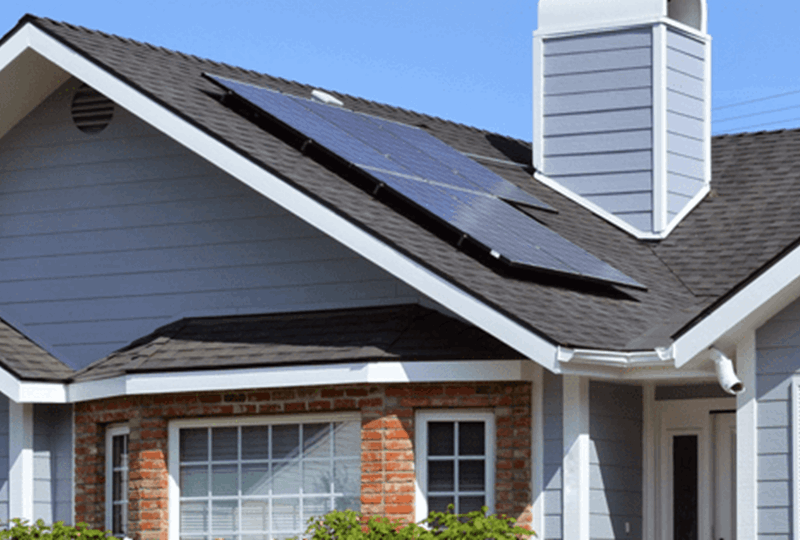
Energy-efficient homes cut energy costs and are comfortable and durable. No wonder many homebuyers want to join the energy-conscious movement! Although buyers want to get on the green trend, some find that they can’t afford brand-new houses, which tend to include more earth-friendly features.
Here are insights you can use if you are hoping to live in an energy-efficient home in an affordable way.
Key insights:
- Learn how a trending energy-efficient home could be the next step for you.
- Cost-effective ways to live in a green home exist with Minnesota’s new Green Path initiative.
- You’ve been imagining the perfect energy-conscious home — see how you can actually walk through those doors.
What’s the buzz about?
According to Housing First MN, 80 percent of first-time homeowners want an energy-efficient home. But some of the technology and smart integrations that allow a home to save energy can be costly, meaning that many new-build homes with these features are above the price point for the first-time homebuyers who are so interested in them.
The U.S. Department of Energy (DOE) recognizes that the potential savings from energy-efficient features can result in thousands of dollars spared, and buyers know that the energy-efficient improvements will “pay for themselves” over time. But it can still be difficult to spend so much upfront, especially in today’s tight-inventory market and rising prices.
Going green and saving green
You may be wondering if it’s actually possible to strike a balance between having an energy-efficient home and making a reasonable investment in those changes.
Good news! Now, with Minnesota’s Green Path initiative, that compromise has become more attainable. “Minnesota’s Green Path was created to help builders and homeowners look at energy and green building in a different, more affordable way,” says Housing First MN, a local organization representing builders and remodelers across the state. “The program provides homebuyers and homeowners with RESNET’s Home Energy Rating System (HERS) scoring. With independent energy testing and a consistent index, prospective homebuyers have a valuable tool that helps them understand expected energy usage in the homes they are considering.”
The HERS scoring ranks your existing home (or houses you’re considering buying) in terms of energy usage and efficiency. Within this system, the lower the score the better. Across the U.S., the DOE indicates that traditional, older homes score an average of 130, while new homes usually score 100. Ultimately, it’s possible to achieve a “net zero” score, where your utility company would end up paying you for producing energy you sell back to the grid. Talk about saving cash while going green!
On top of everything, depending on the types of improvements and modifications, homeowners or buyers who make their homes more efficient can earn tax credits, rebates and other savings.
Participate in the parade
You may be wondering, where can I see homes that are being built and tested automatically? Consider tagging along for the Parade of Homes Green Path Tour this fall. Home prices on these newly built, energy-efficient homes begin at about $190,000, so don’t rule out a brand-new, efficient home before you take a peek.
Do you just want to tour new luxury homes, remodeled homes or homes in a certain city or neighborhood? Create your own tour on the Parade of Homes website.
The 2018 Parade of Homes will take place Thursday through Sunday, September 8 through 20. Plan to join the event whether you’re just starting to gather green inspiration or if you’re ready to invest in an energy-efficient home now.









 ©2025 Prosperity Home Mortgage LLC®. (877) 275-1762. 3060 Williams Drive, Suite 600, Fairfax, VA 22031. All first mortgage products are provided by Prosperity Home Mortgage, LLC®. Not all mortgage products may be available in all areas. Not all borrowers will qualify. NMLS ID #75164 (For licensing information go to: NMLS Consumer Access at
©2025 Prosperity Home Mortgage LLC®. (877) 275-1762. 3060 Williams Drive, Suite 600, Fairfax, VA 22031. All first mortgage products are provided by Prosperity Home Mortgage, LLC®. Not all mortgage products may be available in all areas. Not all borrowers will qualify. NMLS ID #75164 (For licensing information go to: NMLS Consumer Access at